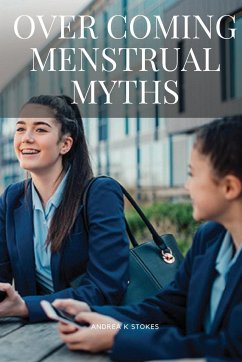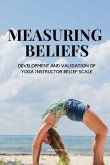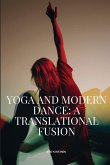In2015, then art student, posted a photo series of her menstrual marked clothing and products on Instagram. Twice the social media network, citing a violation of their community guidelines, deleted the post. Instagram later revoked their decision as having been an accident and Kaur reposted her images with a message affirming the naturalness of menstruation and the misguided disgust and fear itinvokes in patriarchal insttiutions . Still, the public debate was underway; national media outlets, such as the Huffington Post and Newsweek, picked up Kaur's story with many people expressing anger and disgust, and others solidarity and gratitude While she was not the first, nor the last artist to use her menstrual blood as personal statement and political stance, her story and the reactions it evoked, epitomizes the existential threat that menstruation (and the women who proudly reclaim their menstruation as powerful) poses top a triarchy. In the West, female bodies, and particularly their menstrual bleeding, have long been sites of patriarchal fantasies and projections of feminine danger. Though evidence suggests that menstrual blood was revered as part of a Great Goddess tradition in Neolithic Old Europe, "the myth of menstrual danger" became and remains one such feminine danger that has been a destructive legacy leading back to the early stages of Western civilization.
Hinweis: Dieser Artikel kann nur an eine deutsche Lieferadresse ausgeliefert werden.
Hinweis: Dieser Artikel kann nur an eine deutsche Lieferadresse ausgeliefert werden.







